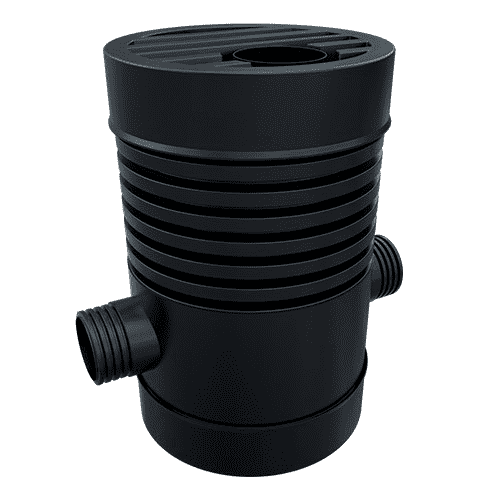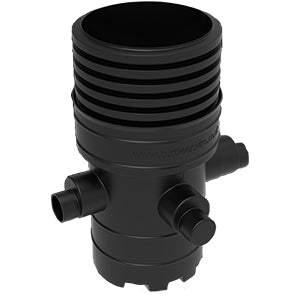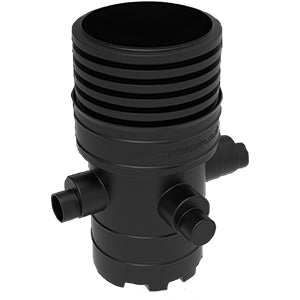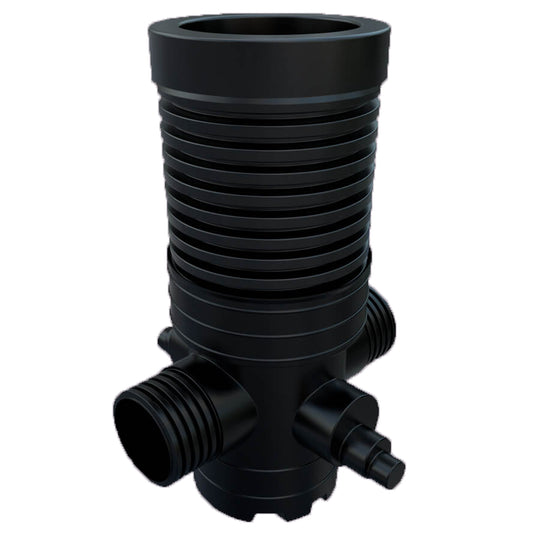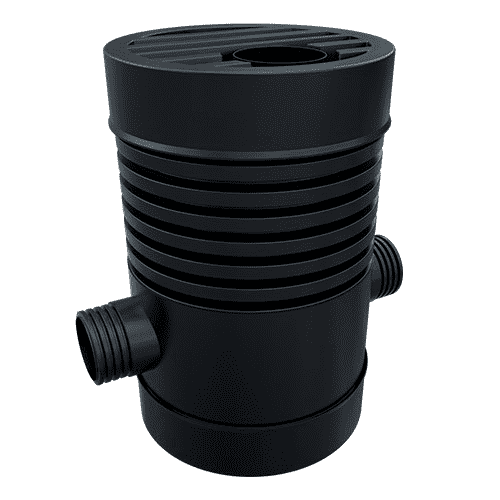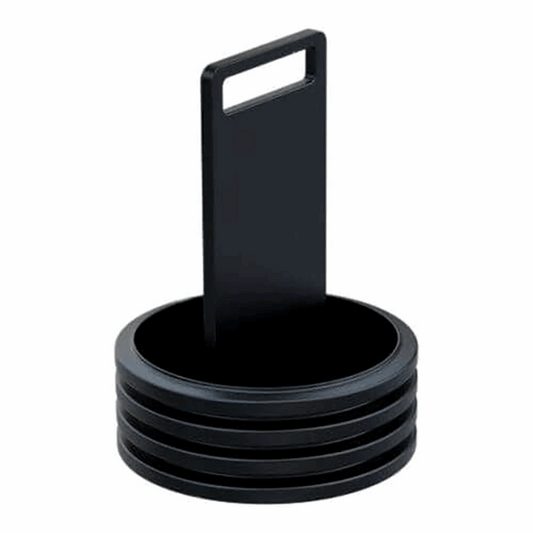Catchpits play an important role in preventing blockages and water contamination in drainage systems. Without them water could back up in your drainage systems and cause localised flooding.
Here’s our mini guide to how catchpits work.
Contents
What is a Catchpit?
A catchpit is an empty chamber that is installed into a drainage system to prevent silt and debris from building up and causing blockages.
Catchpits are essential in preventing pipe blockages, which would result in the backing up of water in the drainage system – therefore leading to flooding.
In contrast to soakaways. catchpits collect silt and debris before entering the drainage system whereas a soakaway collects the water before it percolates back into the earth.
Where are Catchpits used?
Catchpits are used in all wastewater management systems. These range from mainline sewers to drainage surrounding railways and car parks.
How does a Catchpit work?
Catchpits have a pipe inlet that is raised above the floor. The outlet pipe is often lower than the inlet pipe and as the water flows in the catch pit, silt and debris within the water falls into the bottom of the catch pit. The main chamber of the catch pit, where the debris is collected, is called the catch pit sump.
This water then flows out of the catchpit through the outlet pipe. The outlet pipe can be fitted with a baffle to filter any floating debris out and stop it entering the outlet pipe.
Due to silt and debris building up in catch pits, it is essential for them to be cleaned regularly. If it isn’t, then they can fill up with debris and this allows material to enter the outlet pipe, which can cause a blockage within the catchpit.
What are Catchpits made from?
In the past, catchpits were brick-lined but now most are made from precast concrete (PCC) or high-density polyethylene (HDPE).
PCC catchpits are made in different sizes, with different inlet and outlet pipe configurations. Then the right one can then be taken to the site and installed.
Whereas, smaller, track drainage catchpits that are used for things such as railway line drainage are more often made from HDPE. This is because HDPE is lighter and easier to handle so can be installed under tight time constraints.
We supply a range of catchpits as well as inspection chambers so please feel free to call us for expert advice on 0121 351 3230.
Alternatively, fill out our enquiry form:





